
A modified “fat before carbs” diet has me blasting past Batman. But, will my extreme fat-loading work for the marathon?
Pick your jaw up off the ground, you read my headline correctly. I’m about to kick off the “fat-loading” phase of my two-week endurance sport nutrition plan. For the next 10 days, I will be purposefully eating foods rich in high-quality fats in preparation for optimal performance at the Dallas Marathon. I’ve blogged here and at several other sites, including the Tabata Times, about this new “fats before carbs” pre-race fueling practice that is being endorsed by many cutting-edge sports nutritionists. Please check out these posts, because I list some sample menu plans. Now, before you start clucking your tongue and waving your finger, know that I won’t be scarfing down pints of Haagen-Dazs and baskets of chili-cheese fries. I’m not planning on weight gain, moving into my yoga pants 24/7, or getting gunked up with harmful trans-fats. But, 65 percent (that’s not a typo!!!) of my daily caloric intake for the next 10 days will come from high-quality fat sources, including healthy oils, nuts, meats, avocados, whole milk, cheese, eggs, and fatty fish fats — in a greater ratio than I normally eat. I currently consume about 30 – 40 percent fat in my diet, so this will be a noticeable change. Based on my average, 2500 calorie a day diet, I estimate that I will be eating 16,250 calories from fat over the next 10 days (or 180 grams per day – is this even possible?) Not sure, but I’m ready to try!
So, why am I feasting on fat in order to run a faster marathon? During this fat-loading phase, I will be training my body to better tap fat stores as a more immediate source of fuel, which will hopefully spare my glycogen reserves to be called upon during the later miles of the race – in other words, it will hopefully prevent me from “bonking” or “hitting the wall” as early as I do (which is typically around 20 miles for me and most other people). With all this fat and comparatively so little carbohydrate, I admittedly might feel a little sluggish for the next week and a half of training. But, since I am in taper phase and my mileage and speed have been reduced, I don’t expect to suffer too greatly in the process.
The flip side of this somewhat extreme nutrition plan is that in the last three days prior to the marathon, I will switch from a high-fat diet to a high-carbohydrate diet. The high-carb phase of the plan is pretty similar to the traditional “carbo-loading” that endurance athletes have embraced for years! Seventy percent of my calories will come from high-quality carbohydrates (including whole grains, fruits, and vegetables) to ensure that my glycogen tanks are as topped off as possibly on marathon morning. The expected outcome is that I’ll feel perky, peppy and ready to race — and have enough glycogen stored and held onto as a “reserve tank” to see me to the finish line.
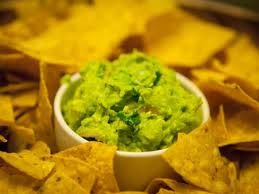 Planning my menu for the next couple weeks will be like solving a culinary algebraic equation, but a fun challenge — I am a food nerd, after all! Before it’s all said and done, I’m sure that I’ll have downed a couple dozen eggs, a couple quarts of guacamole, some salmon and at least a couple of prime steaks with all that sought-after (and actually good-for-you) fat marbling. But, do I have to give up my daily salad? While a bunch of lettuce is definitely not high in fat, I’m going to keep on eating my beloved spring lettuce mix because it’s a healthy habit I crave and, in the scheme of things, a plate of lettuce makes virtually no dent in my daily calorie allowance. However, I’ll be dressing it with some extra olive oil to reach that 65% fat goal. So, please come back to TheFitFork.com in the next few weeks, I’ll be sharing some new recipes I have been pinning and tearing out of magazines for inspiration – of course, I’ll be tweaking them with my own personal spin. Right now, these three recipes are on my immediate to-do list for healthy high-fat feasting:
Planning my menu for the next couple weeks will be like solving a culinary algebraic equation, but a fun challenge — I am a food nerd, after all! Before it’s all said and done, I’m sure that I’ll have downed a couple dozen eggs, a couple quarts of guacamole, some salmon and at least a couple of prime steaks with all that sought-after (and actually good-for-you) fat marbling. But, do I have to give up my daily salad? While a bunch of lettuce is definitely not high in fat, I’m going to keep on eating my beloved spring lettuce mix because it’s a healthy habit I crave and, in the scheme of things, a plate of lettuce makes virtually no dent in my daily calorie allowance. However, I’ll be dressing it with some extra olive oil to reach that 65% fat goal. So, please come back to TheFitFork.com in the next few weeks, I’ll be sharing some new recipes I have been pinning and tearing out of magazines for inspiration – of course, I’ll be tweaking them with my own personal spin. Right now, these three recipes are on my immediate to-do list for healthy high-fat feasting:

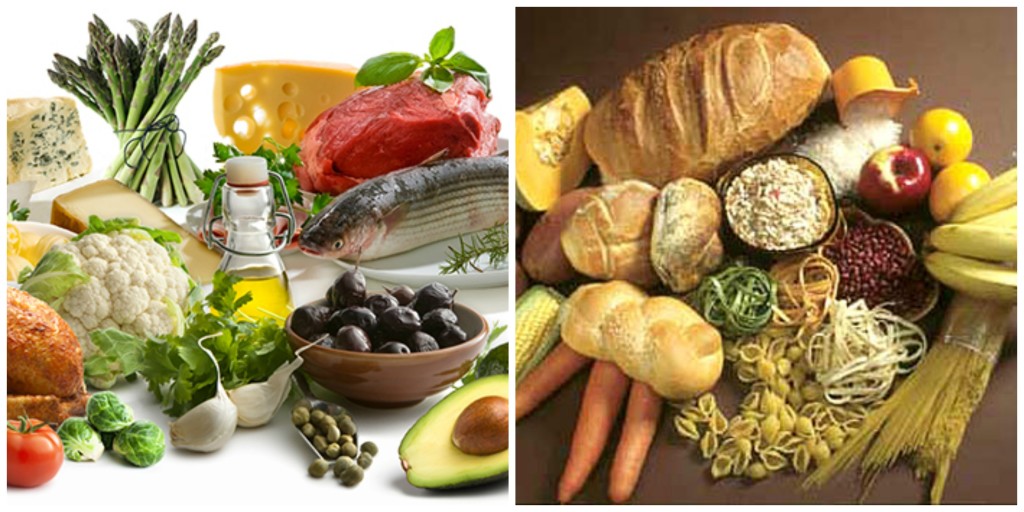
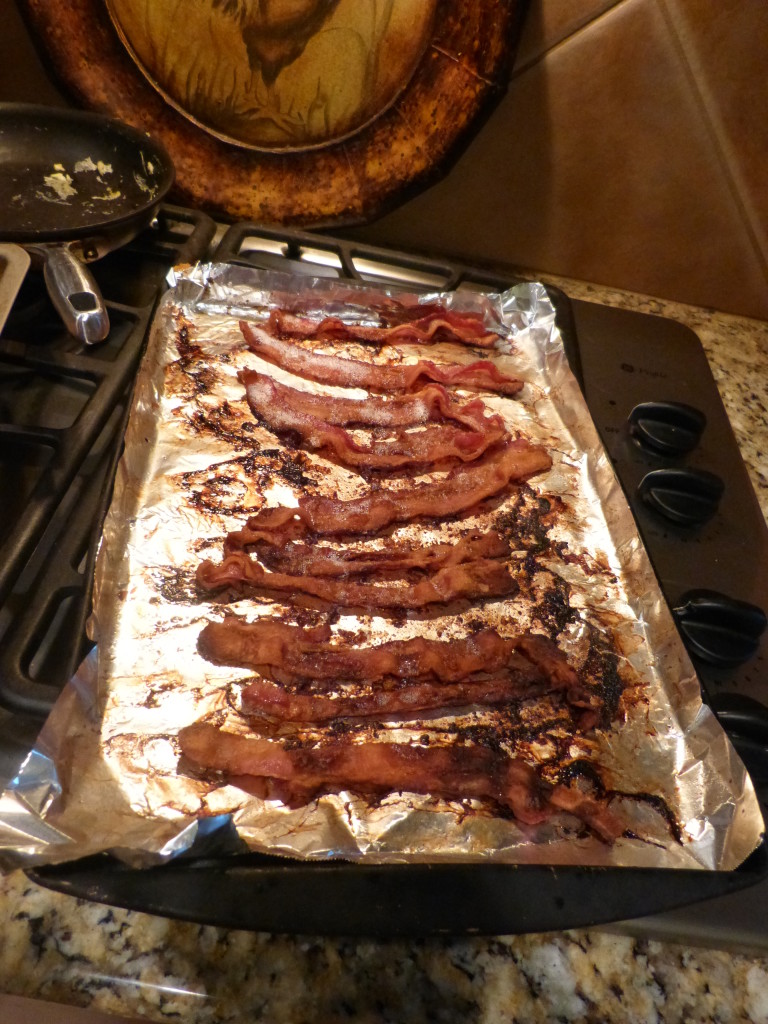
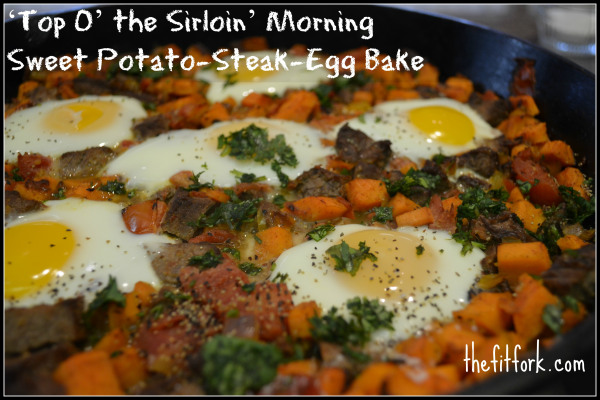
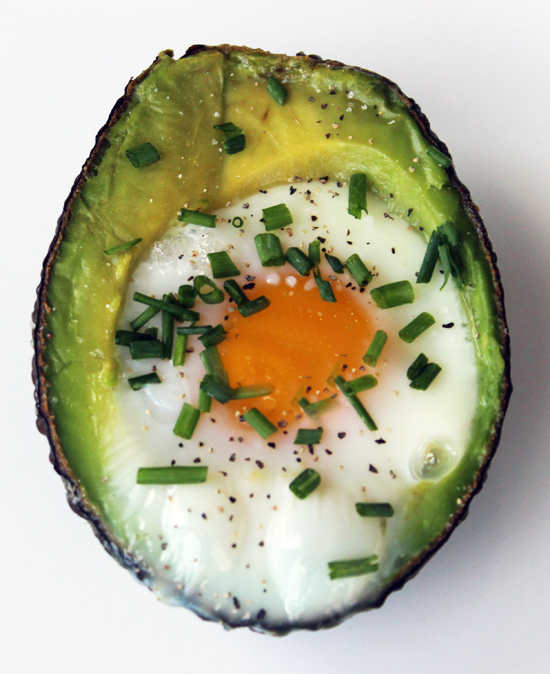

good stuff woman! we usually focus on fat and protein a week out. Salmon is our best friend and avocado and well, any thing good and fatty! <3 cheering for you!
Well, I ate an avocado, I ate salmon, I’m running out of ideas. Well, I have a lot of ideas, I just need more time in the day to make them. Do you know if there is a higher-fat nutrition bar?
Very interesting! I love my good for me fats. Best of luck to you! I can’t wait to hear the end result and if you think it helped you.
I can’t wait to hear about how this works for you. I’m a nutrition nerd too, so I always love hearing how different sources of fuel work for people in different types of workouts. Good luck!
Thanks — the whole 65% fat thing is harder than I thought it would be so far
You must must try and DEVOUR salmon bacon!!!! 😀
what, WHAT? Salmon bacon, this is news to me1
This is so interesting! I have read so much about this approach and am anxious to see how it works for you- thanks for sharing!
NOM! That sweet-potato-steak-ohhh-bake (yes, I altered the name slightly to dramafy it) looks delish. FEED MEEEE!!!
I look forward to reading about this!
Really interesting. And yummy. And since its whole food fats instead of cheese fries, I can see that it’s healthy too. I hope it pays off come marathon day!
This is harder than I thought, 65% is a lot of fat. Wonder if chocolate would be okay ;-0
Pingback: Oh, F-word | Bacon-wrapped Salmon Kebabs with Sriracha-Orange Glaze for Dinner | thefitfork.com
Pingback: When Life Gives Lemons Make Citrus & Feta Salad #Recipe | thefitfork.com
I am 1 month out from running my 17th marathon and I’ve never modified my diet to increase performance before… I guess it’s worth a shot! 🙂 Thanks for the ideas. I guess I should keep reading your blog to see how you did!!
Charlotte — ironically after doing the fat-loading diet down to every last detail – for research purposes ;-)the marathon I was heading to was canceled due to a winter storm. I’ve had luck in the 1/2 marathons eating similar to this, healthy fats, fewer carbs (but not as extreme of ratios) — but obviously the nutritious needs aren’t exactly the same as for full marathon. Sigh, need to find another marathon and try again 🙂
The first plan reminds me of a paleo diet. But I never heard of switching back to more carbs closer to the time. It seems like people only follow one of the methods. Hope your method works out for you. Wish you all the best!
I think after the 10 days of fat-loading, the 3 days of quality carbs are to make sure you get to start line without dragging. So if you already Paleo, then it wouldn’t be that much of a change on the fat-loading (maybe just a little higher %) and then a bigger boost of quality carbs at the end (they could be paleo-esque carbs like sweet potato, etc)
I’m so interested in nutrition for runners so this was a great article. Thanks for sharing, I agree that high quality fats are really important for training! Thanks for linking up with us today!
Wow I’ve never heard of this type of training plan, but it makes sense! I hope it gives you the results you’re looking for!
Pingback: Med Ball Workout + New Favorite Protein Bar #BUPbarsthefitfork.com